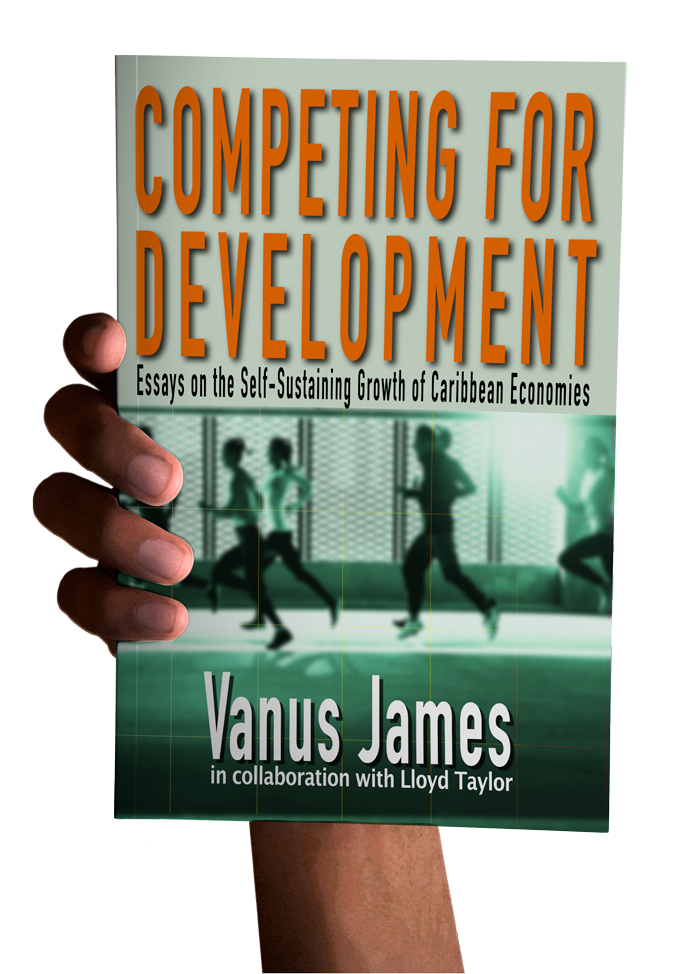
Strategic Factors in Economic Development Revisited
By Vanus James and Rosalea Hamilton
ABSTRACT
Using data on 128 modern economies, we update Kaldor’s (1967) observed correlation between the standard of living and the share of productive resources devoted to industrial activity. We estimate a log-linear model of GDP per capita, explained by the share in GDP of industries that can produce capital, the level of institutional development, and the level of technological development, which is assumed to be endogenous and instrumented accordingly.
The model is estimated with:
- two-stage least squares (2sls), assuming robust standard errors to account for heteroscedasticity in the residuals, and,
- the general method of moments (gmm), with a weighting matrix that accounts for arbitrary correlation among observations within the development clusters identified.
We find a high correlation between the GDP per capita and:
- the share in GDP of industries that can produce capital;
- the level of technological development; and
- the level of institutional development of the society.
We also find that these three forces form an integrated competitive development strategy.
Further, we use counterfactual (Rubin causal) modelling to provide evidence that in this case correlation also represents causation. The results imply a more general principle than was advocated by Kaldor. To raise its standard of living, every country can go beyond the narrow focus on manufacturing by simultaneously devoting resources to upgrade its institutions, improve its level of technology, and build its capacity to produce (and export) capital.
To download the full text of the article, click the link below...










